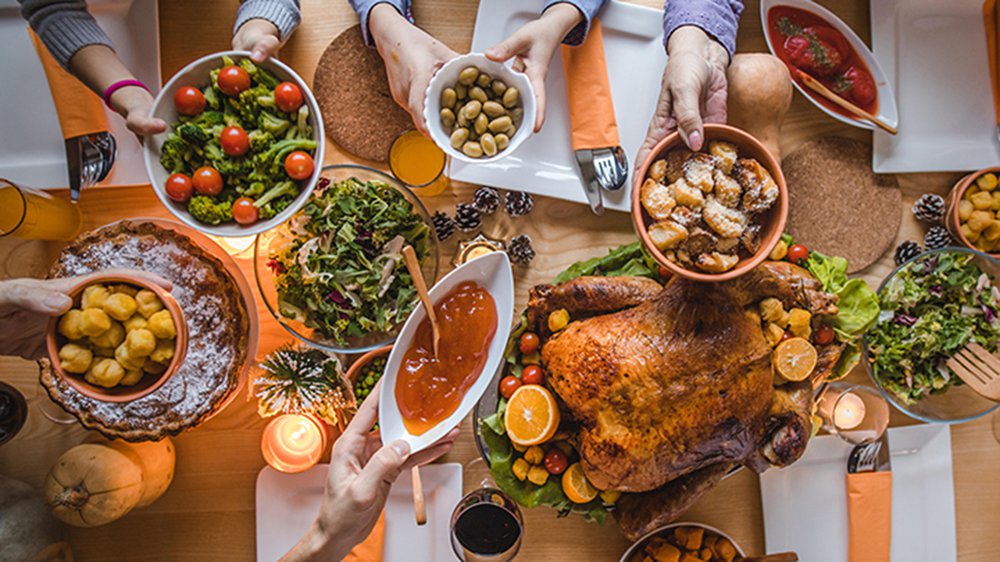Question Your World: Will Climate Change Impact our Pumpkins?
Pumpkin pies have become quite an important part of American tradition and history. In fact, every year a few hundred million pies are made in the United States. This autumnal treat has a wonderful history, but what about its future? Will climate change impact our pumpkins?
To answer that question we must visit the self-named pumpkin capital of the world, Morton, IL. This Midwestern pumpkin paradise is responsible for a significant amount of pumpkin production. This area is known for the output of canned pumpkin, a vital ingredient needed for all those hundreds of millions of pies that we eat every year. Something very interesting has been happening in Morton and it can help us see the future of this classic fall-time treat.
June 2015 was Illinois’ rainiest June on record. July 2016 met a similar milestone. Sure, rain is good for a crop yield, but extreme rain has harmful impacts. This heavier than needed amount of rainfall does a lot of damage to pumpkins while they are in their seed phase. Unfortunately, these extreme rain events have caused a shortage in pumpkin harvests. If these extreme weather events, a result of human caused climate change, continue, then the future of our pumpkin yield does not look too promising.
Despite the shortage at harvest and the recent years of record-breaking rain, there is something that we can do to help lessen these climate impacts on our pumpkins. The most important thing humans can do right now is get resilient! This involves getting behind the renewable energy sector. Renewable energies that prevent putting more heat trapping gases into the atmosphere have been suggested by nearly the entire scientific community as one of the most important things humanity can do right now. Solar, hydro, wind, and geothermal options could help power our world without clogging the atmosphere with gases like carbon dioxide. These gases in our atmosphere greatly impact weather patterns and ultimately the yield of many crops around the world.

Image credit: Getty Images
Another way to make a difference is to shop locally. Not only does buying local food directly help your region’s economy, but it also prevents the long transports these items must make. In many cases the food on our plate has to travel over 1,500 miles to get to us. The average distance food travels to get to your table is basically the distance from central Virginia to central Texas. Consider the amount of carbon dioxide emissions involved in transporting all of our meals from farm to table. Eating local is a great way to support your regional economy and reduce the stress we’re putting on our planet.
As time moves forward, the human population is slated to grow, requiring more food, transportation, medicine, and beyond. All these needs will be fueled by energy. Our involvement in this aspect of life will require us to be more resilient. The more we know and the smarter we act, the larger our positive impact will be. So, pumpkin fans, if you want to do something to help reduce the human-based aspects of climate change, you’ll need to get off your gourds and get resilient!
Extra Pumpkin and Climate Change Info
After Halloween we tend to get rid of our jack-o-lanterns, right? Well, all those discarded pumpkin decorations end up causing an impact on the environment. In fact the Department of Energy says they have seen a spike in methane release shortly after Halloween. The 254 million tons of pumpkin waste that goes to landfills after tricking or treating clearly has an impact on our world and scientists are suggesting we become more practical about our waste management. Composting or use as biofuel would be great alternatives to simply discarding these pumpkins after their brief moment of spooky-carved glory. For more check out this news article here.